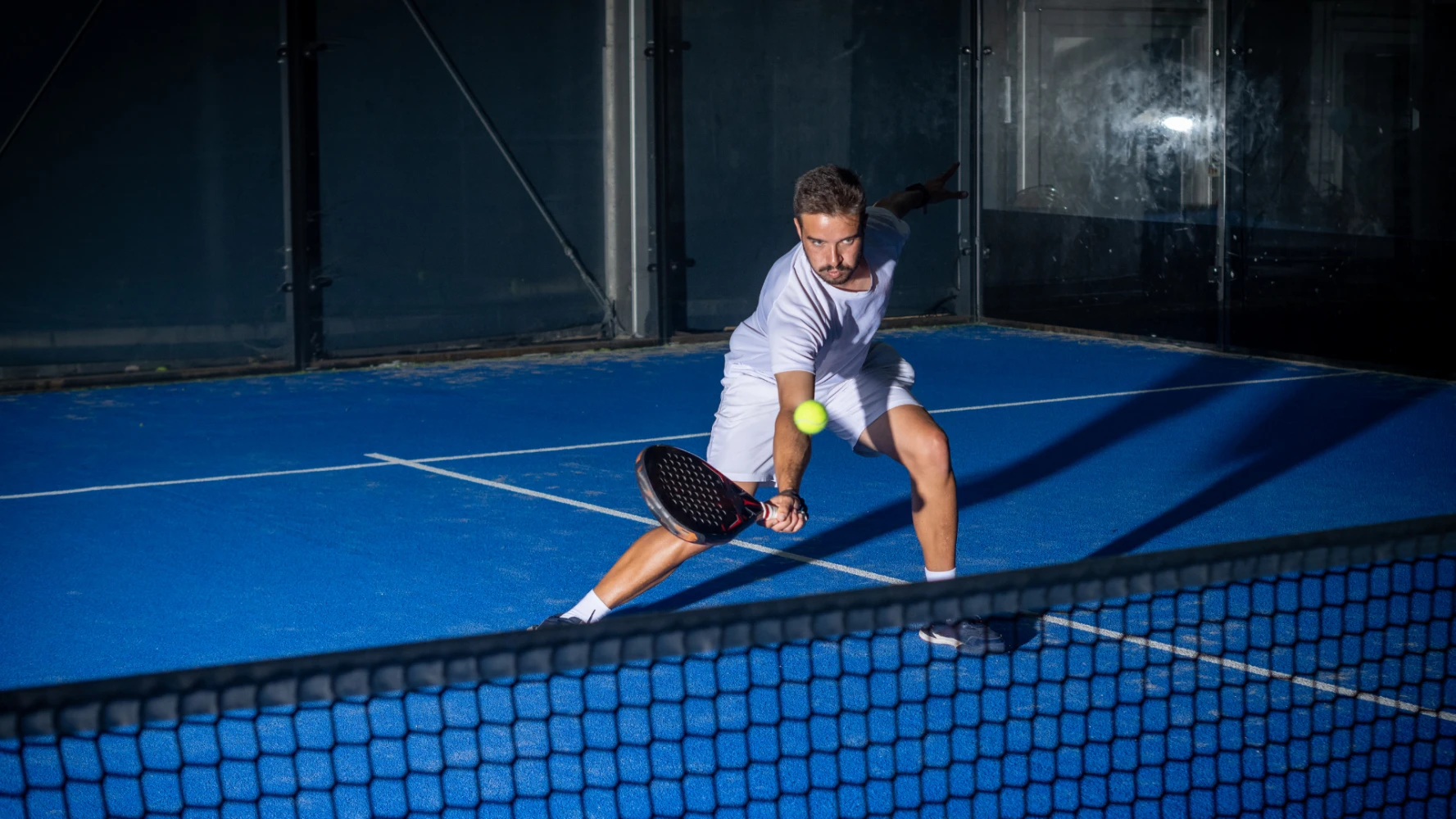In squash, the swing is the core of every shot. This movement, often executed in a fraction of a second, determines the power, accuracy, and control of the ball. While people often think that arm strength is the key, the truth is that a good swing is primarily a matter of coordination, fluidity, and technique. To move to the next level, it's essential to break down and perfect the different phases of your motion.
The Three Phases of a Perfect Swing
An effective swing is not limited to hitting the ball. It is composed of three crucial steps that must be connected by a fluid motion.
Preparation (the backswing): This is the beginning of the movement. It should be compact and fast. The most important thing is to turn your shoulders to face the side wall. The racket should be brought back and up, ready to come down towards the ball.
Execution (the hit): This is the moment of impact. For maximum power and control, the shot must be made in front of your body. The body weight should be transferred from back to front, and the racket should come from back to front in a straight motion, without breaking the wrist.
Follow-through (the finish): This is the final phase of the swing. After hitting the ball, the movement must continue forward until the racket is at the height of your opposite shoulder. A good finish not only helps guide the ball but also allows you to prepare more quickly for the next shot.
The Most Common Errors and Their Solutions
Even experienced players can make mistakes that limit the effectiveness of their swing.
Poor preparation: A preparation that is too long or a lack of body rotation makes the swing slow and weakens the shot. The solution: Focus on a quick rotation of your shoulders as soon as you see the ball coming.
Too much arm strength: A swing that relies on arm strength instead of body strength is less powerful and less accurate. The solution: Remember to relax your arm and use the rotation of your torso to generate power.
A follow-through that's too short: An incomplete "finish" reduces the accuracy of the shot. The solution: Focus on the movement of the racket after the hit, letting it follow a complete forward trajectory.
Practical Drills to Improve
To correct and automate a good swing, there is nothing better than repetition.
The wall, your best friend: Hit a series of balls against the wall, focusing on the preparation and follow-through of each motion. The goal is to have a fluid and regular swing, without seeking power.
The ball basket drill: Ask a friend to feed you balls, focusing on a specific shot (the forehand, for example). Repeat the motion dozens of times, ensuring that each phase is executed perfectly.
"Ghosting": This is a movement drill where you simulate the swing on each shot, without a ball. It helps you synchronize your leg movements with your swing, which is crucial for a good shot.
Conclusion: Fluidity in Service of Power
A perfect swing in squash is not a powerful hit, but a fluid and controlled motion. By working on the three phases (preparation, execution, and follow-through) and avoiding the most common mistakes, you will develop the muscle memory needed to hit with more power, accuracy, and confidence.




Comments